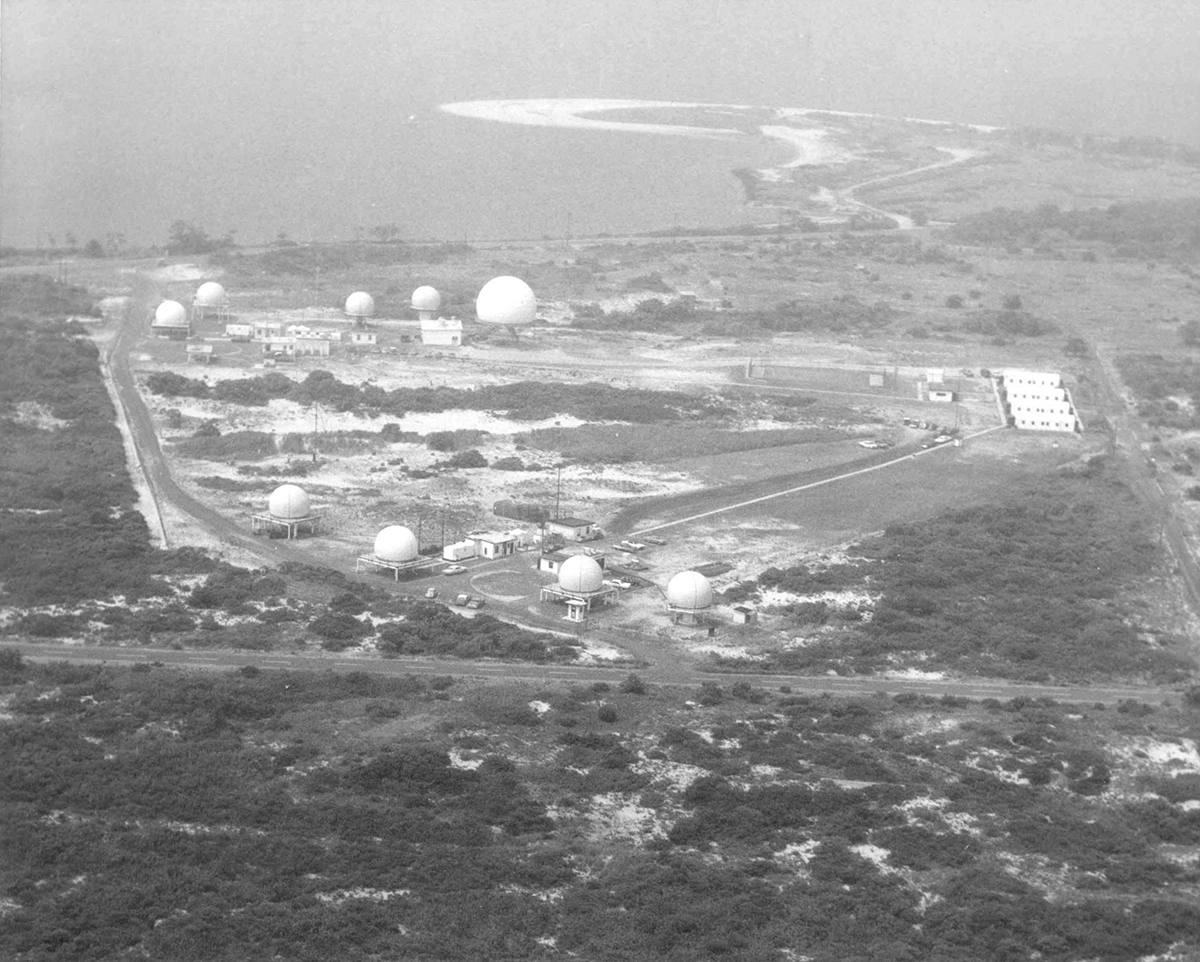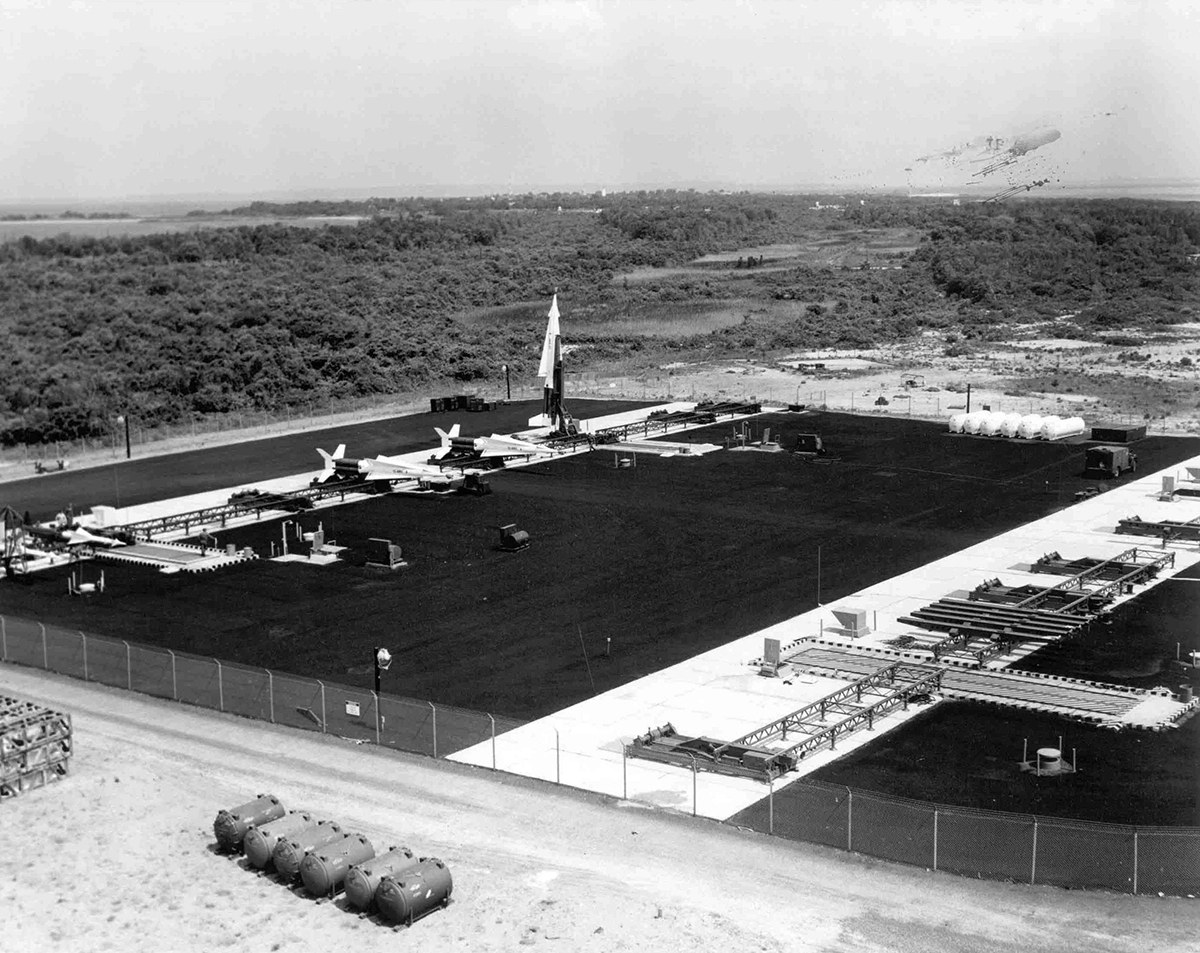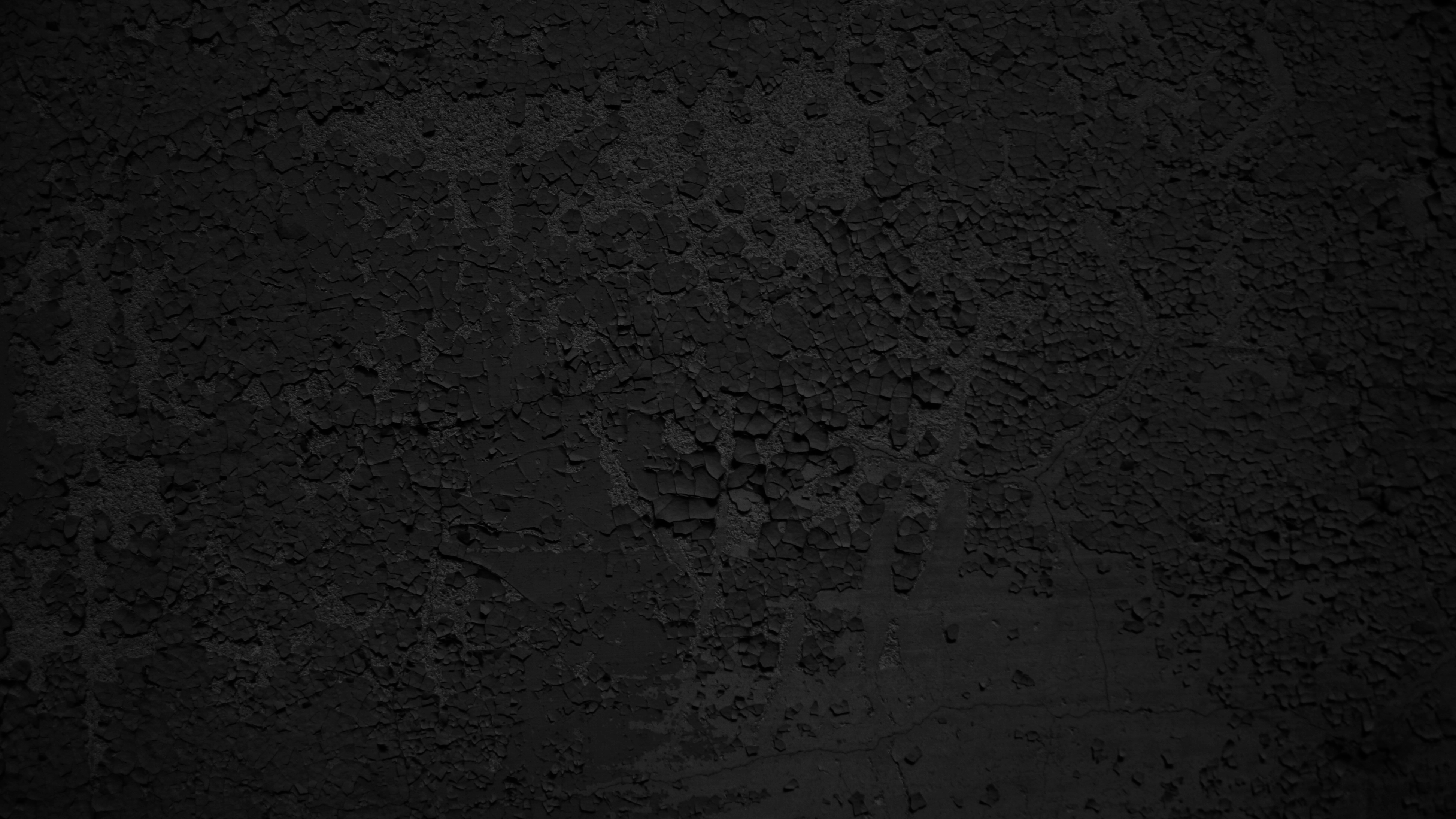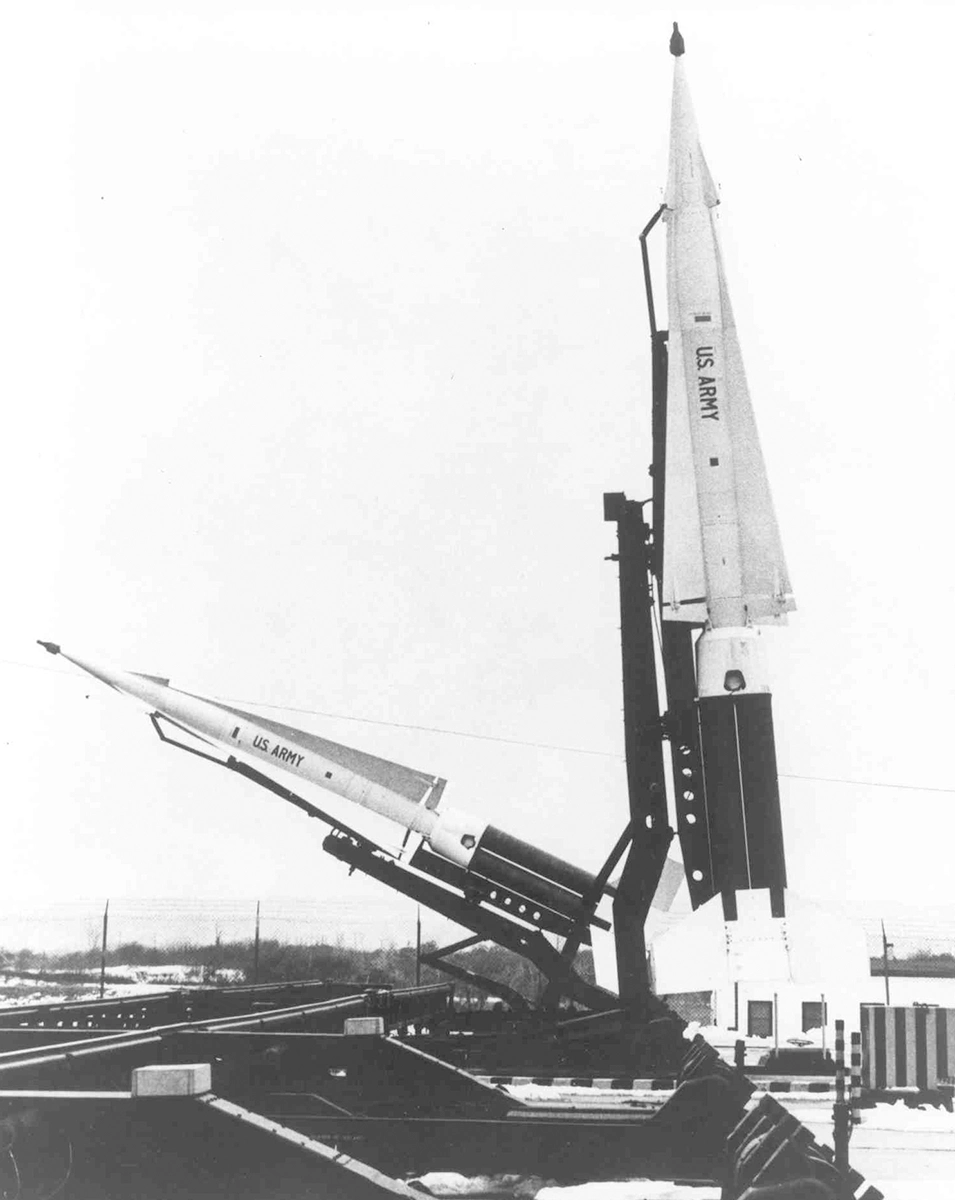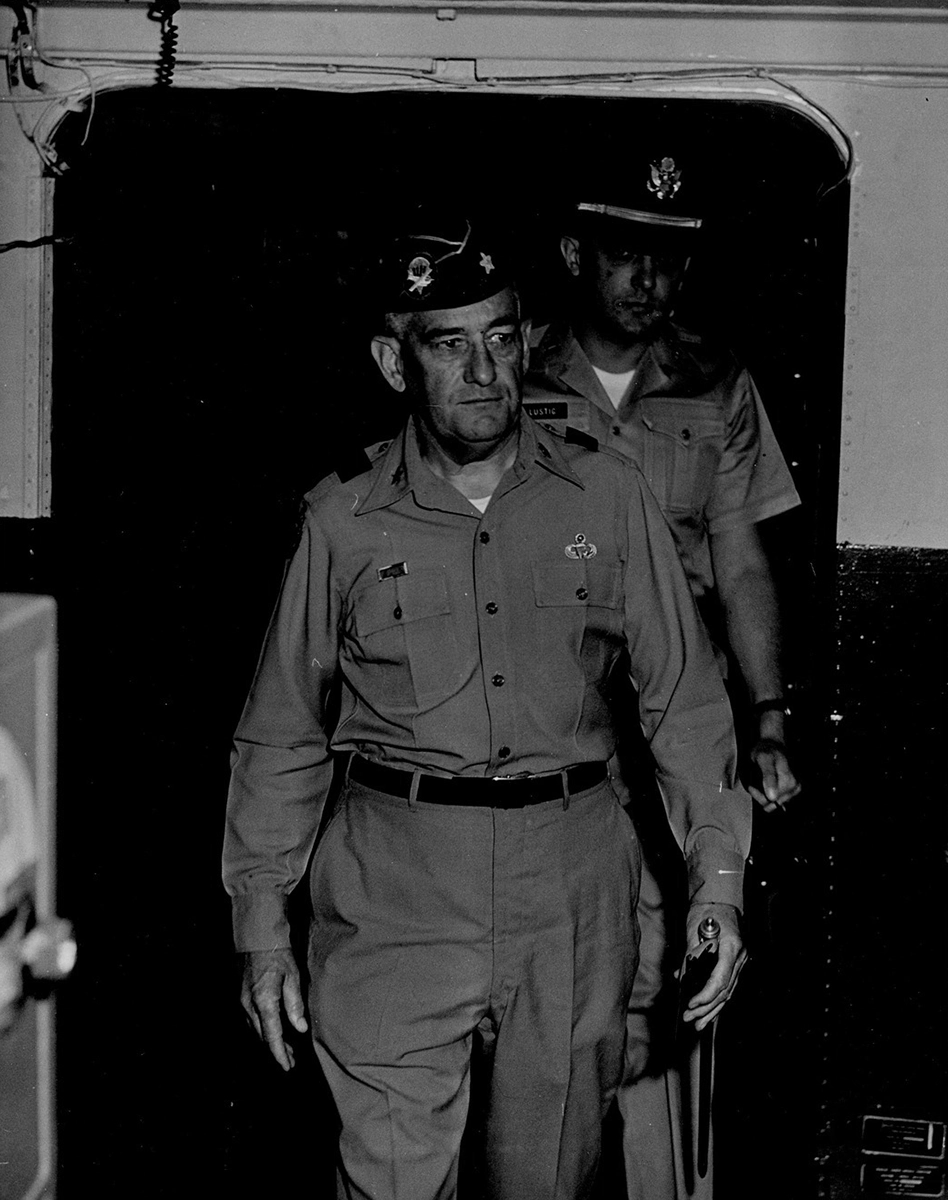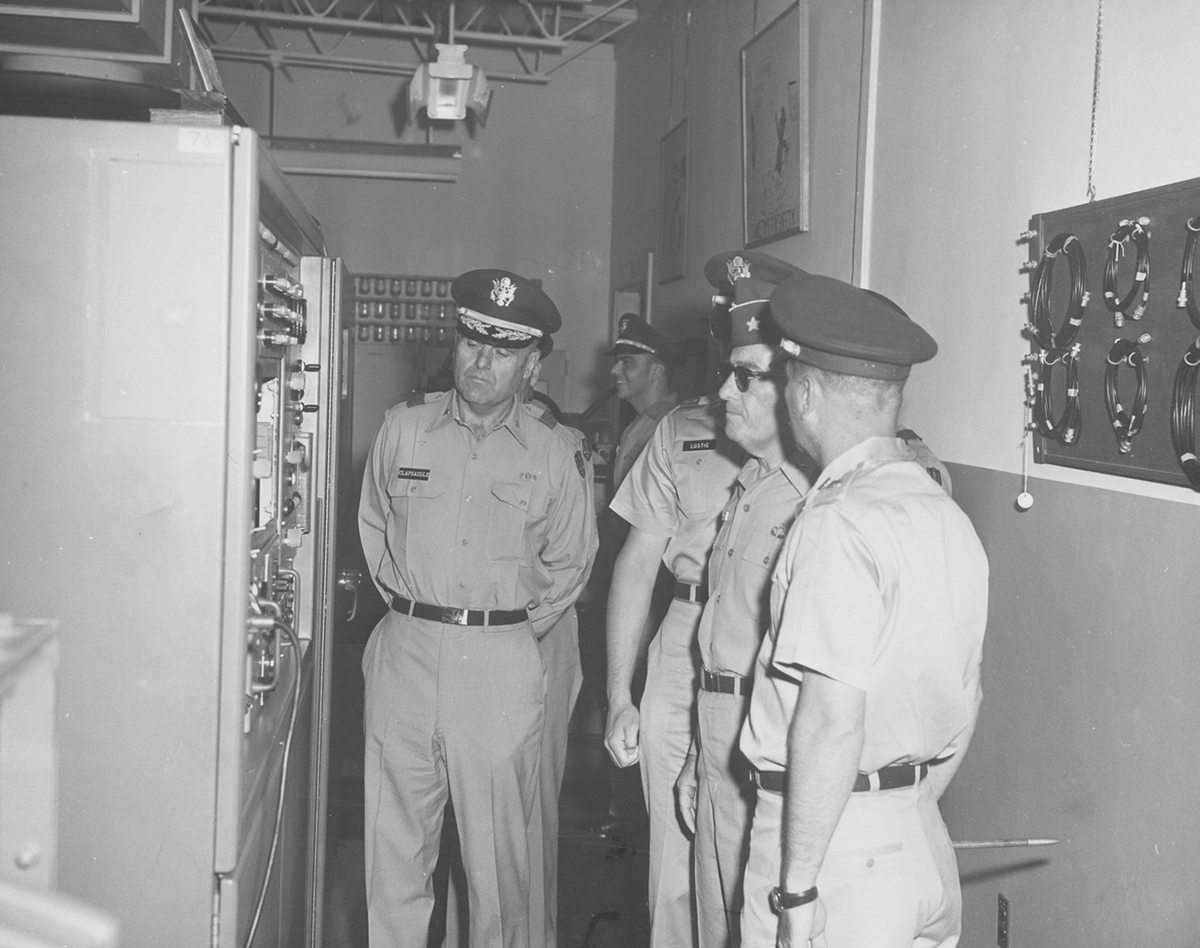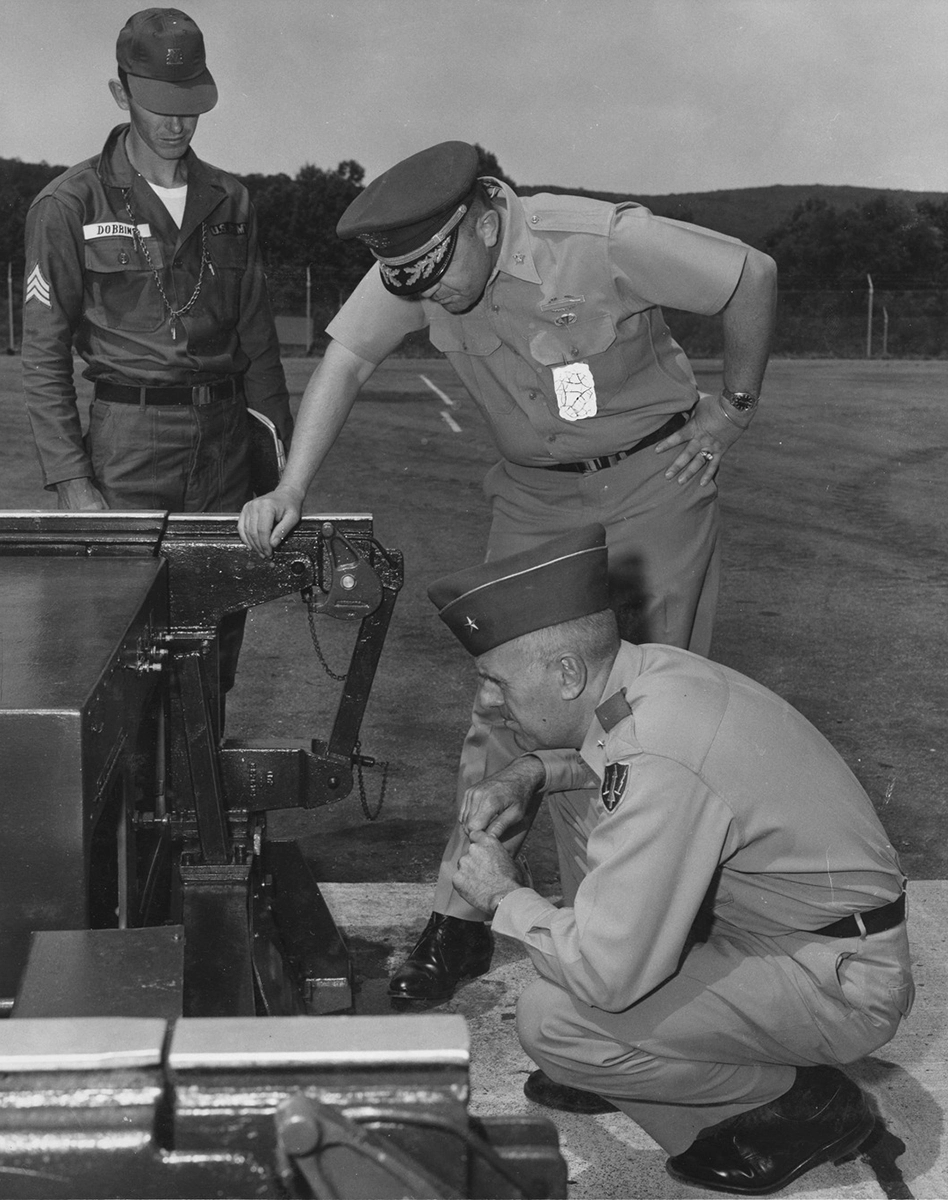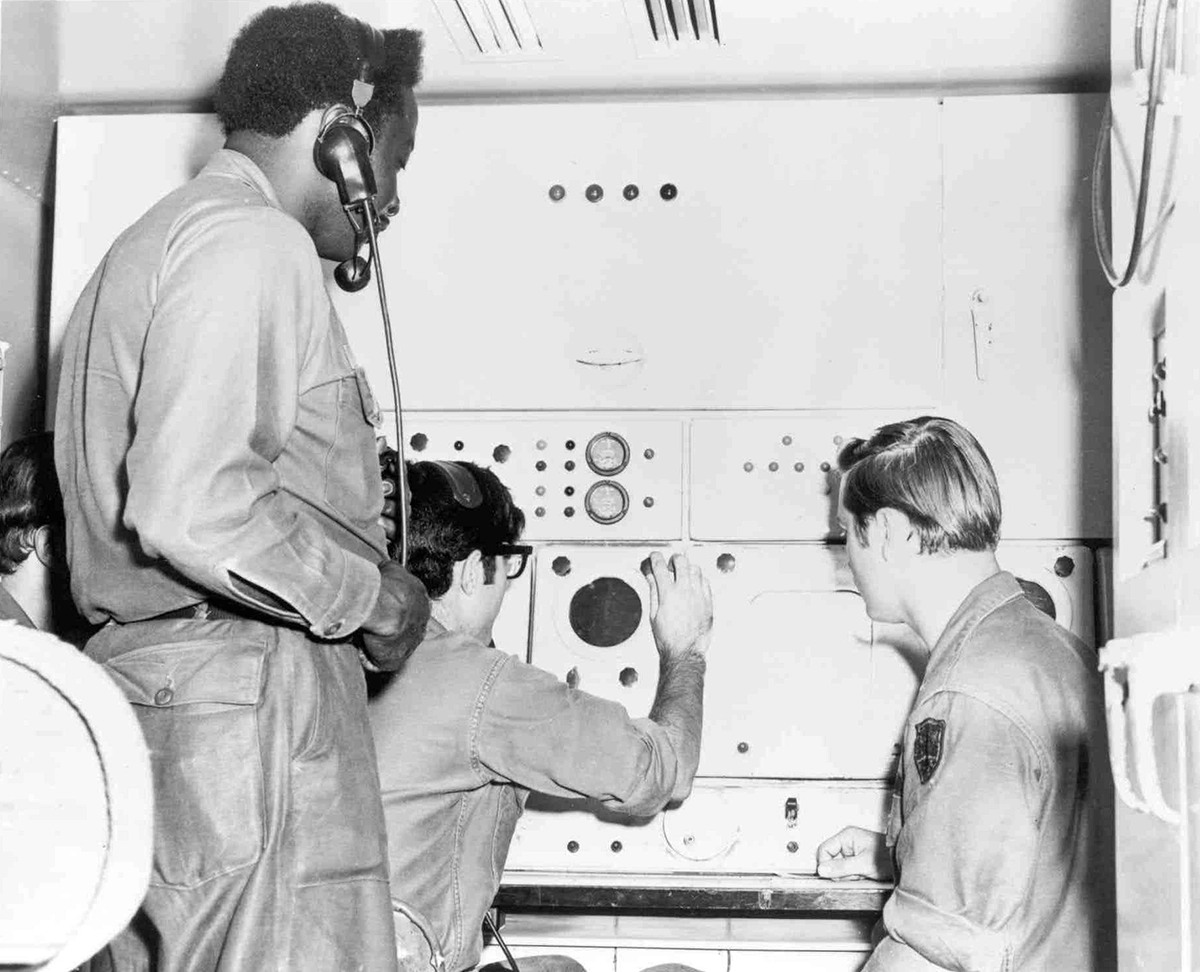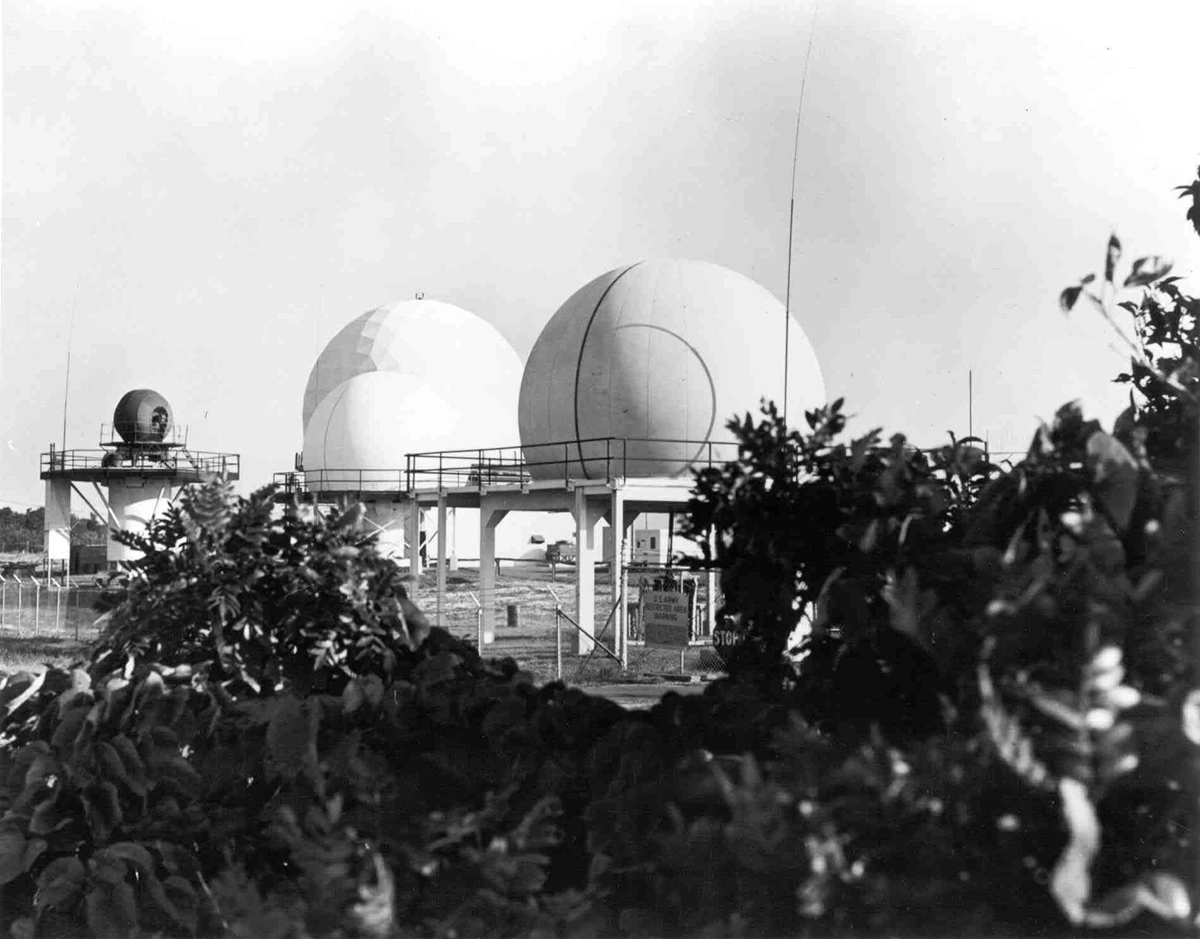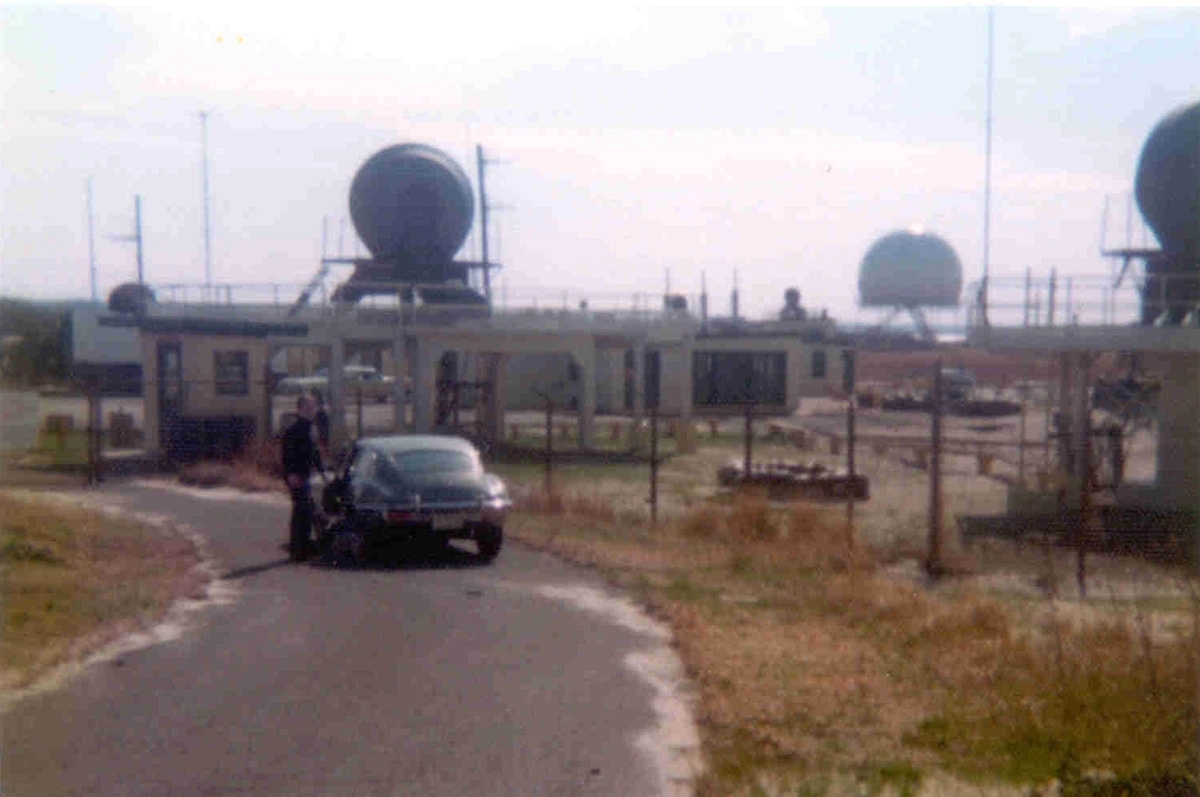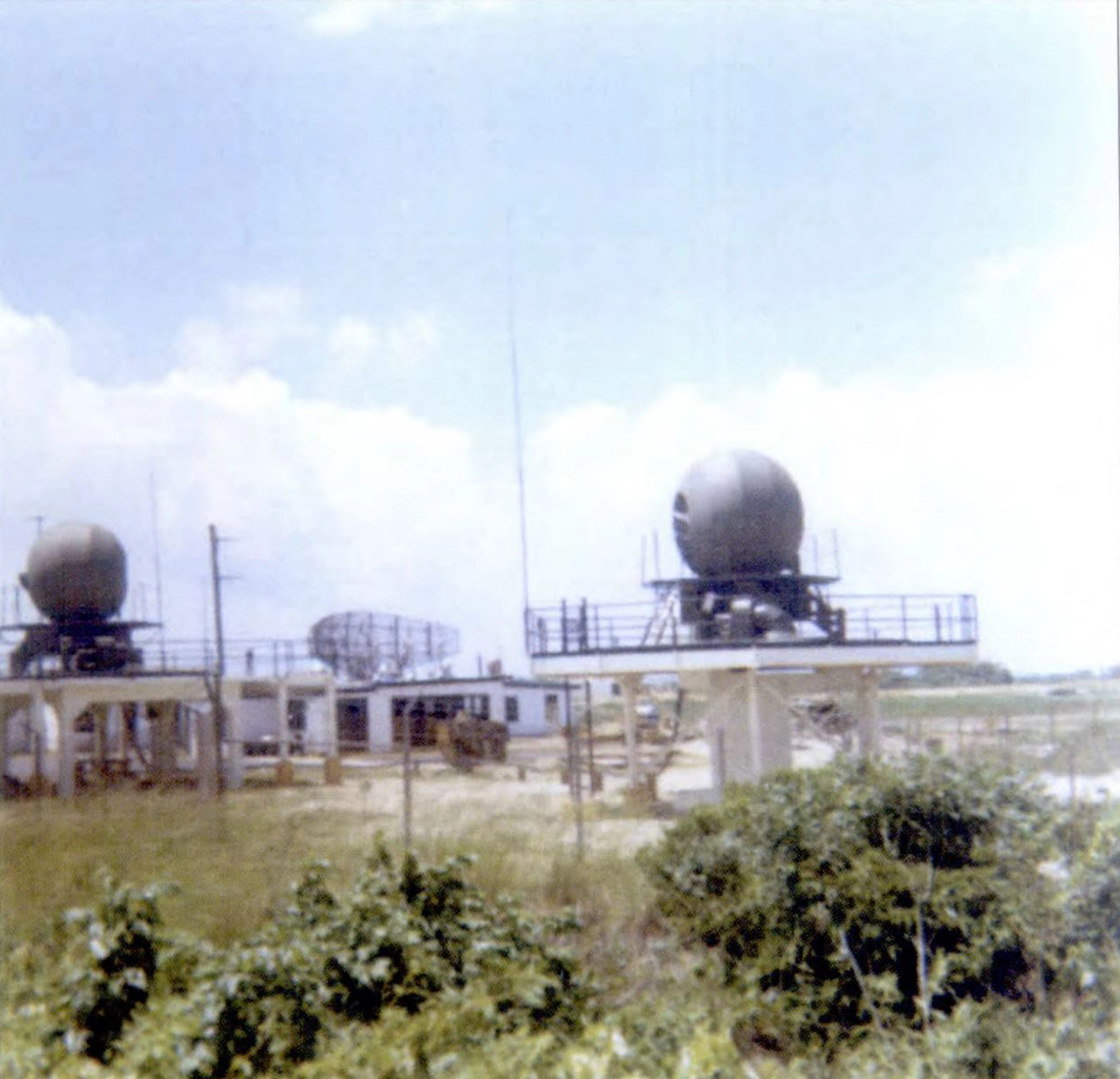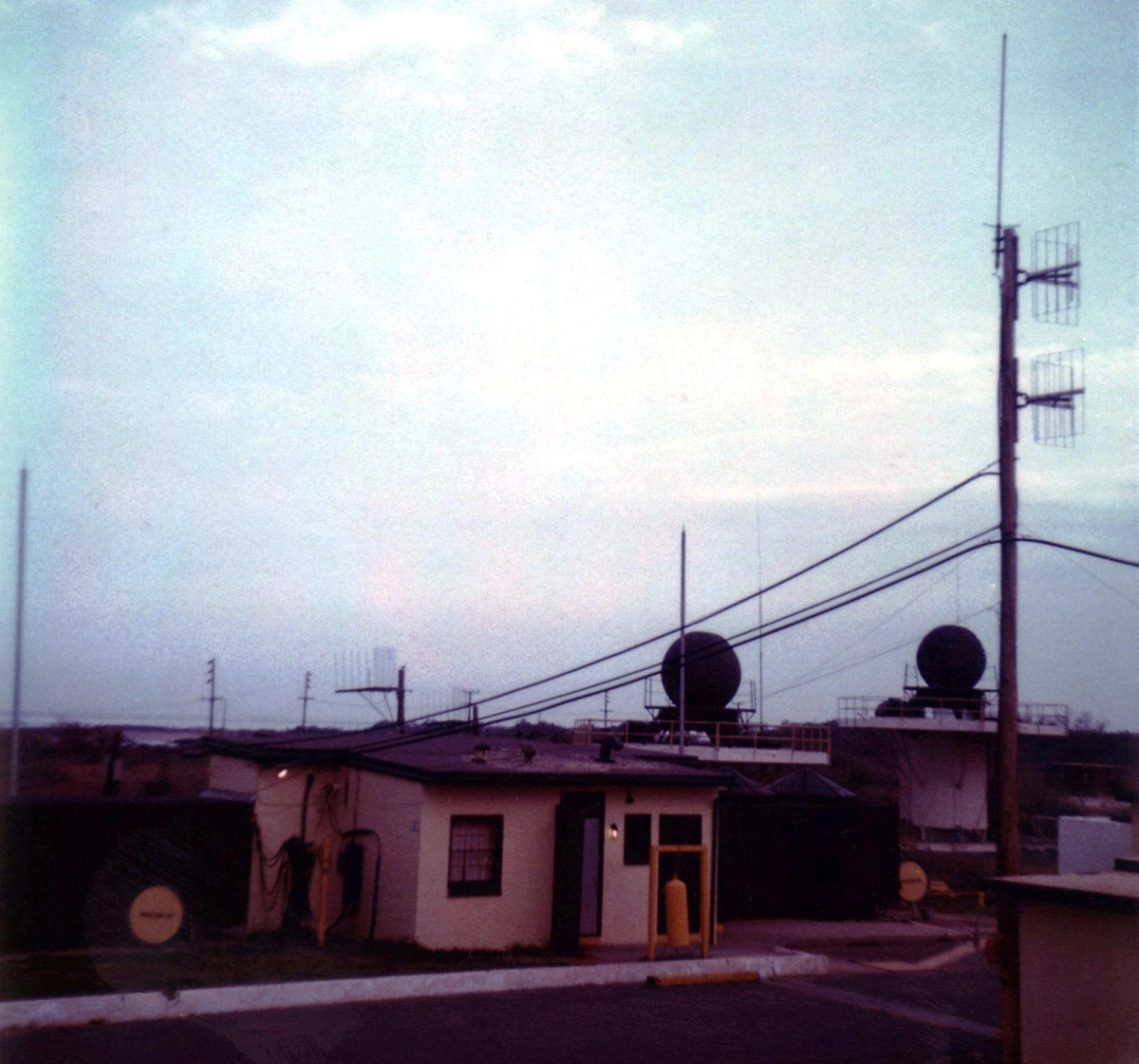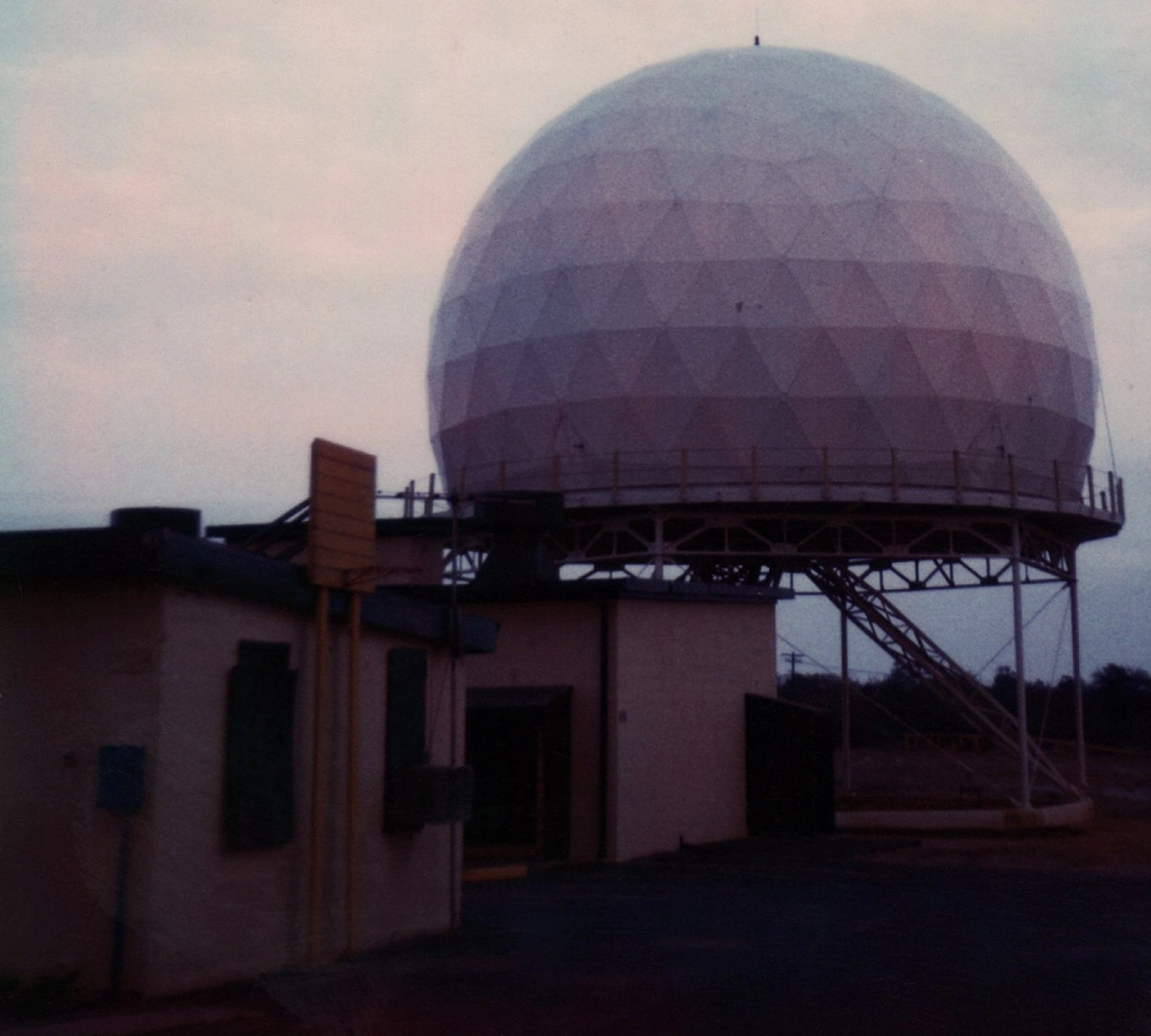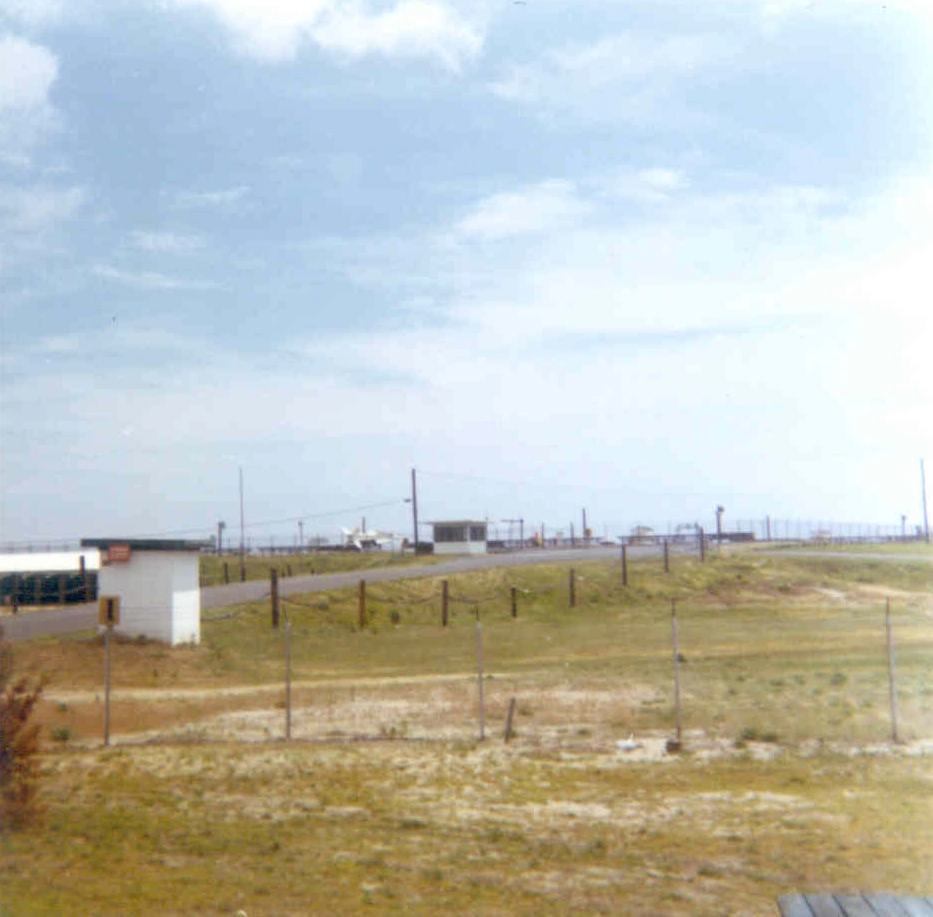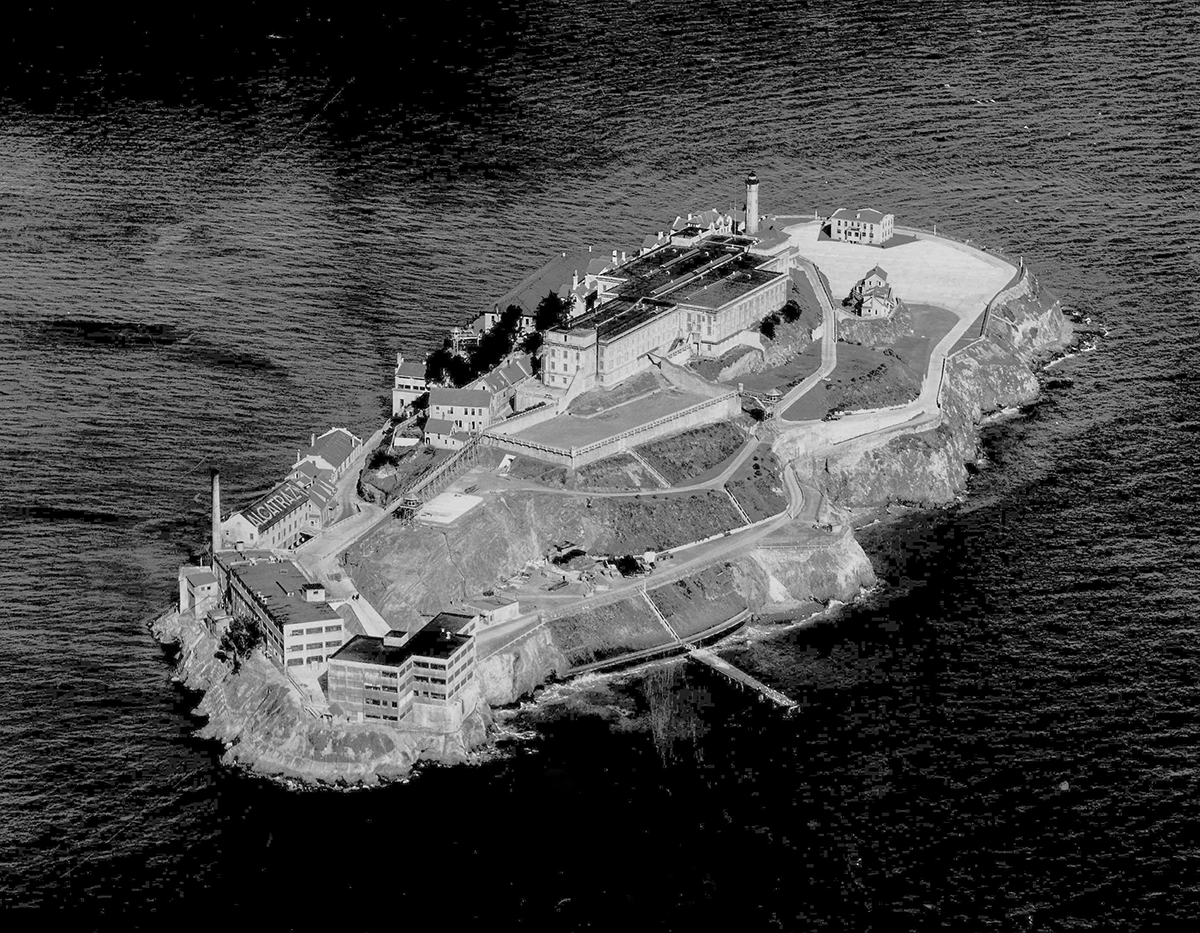Sunday, October 19, 2025
History of Nike Missile Base NY-56
Nike Missile Base NY-56 was constructed between 1953 and 1956 and was among the first cold war defense installations activated in the United States. NY-56, under the command of 3rd Missile Battalion, 51st Artillery, was one of nineteen missile sites in the New York Defense Area which included Fort Hancock in the Northeast corner of New Jersey. Nike sites were state-of-the-art facilities designed to be the last line of defense for priority sites in the U.S. which included both densely populated cities as well as military installations. Due to their critical importance in these areas, Nike missile installations were classified as Top-Secret.
Click here for the video.
Nike missile bases consisted of three sections with letter designations "A" (Admin), "C" (Control) and "L" (Launch). Section "C" was the "Integrated Fire Control" (IFC) radar equipment site which housed the LOPAR, TTR and MTR radar equipment (described below). Section "A" was the Administrative section which contained the headquarters, barracks, and mess hall and this was usually located within the overall IFC footprint. Section "L" was the Launch area. The IFC and L sections had to remain in visual contact so as to prevent radar transmission interference. For safety and security reasons, the IFC was always separate from the launch site by a minimum of 3,000 feet and in most cases they were separated by over a mile, as is the case at NY-56.
NY-56 had dual launch batteries which meant dual IFC sites and these were designated IFC #1 and IFC #2. The actual control rooms for the Nike missile systems were located in trailers which contained the battery and radar control equipment. Personnel in the battery control trailer operated the missile guidance computer. The radar control trailer was comprised of the computers and equipment which controlled the TTR and MTR. Both IFC sites here were located in the same fenced area and were separated by among other things, a basketball field.
It was not commonly known at the time, but with the introduction of the second-generation Nike Hercules missile, Nike sites were being armed with nuclear warheads. And accidents were not unheard of on Nike bases. At nearby NY-53, on May 22, 1958, a first-gen Nike Ajax missile detonated and killed 10 people, several of which were civilian contractors. Fortunately, NY-53 was not yet upgraded. In the same year, however, NY-56 was upgraded to Hercules missiles and thus with nuclear warheads.
Mutually Assured Destruction in the form of newer, more powerful and longer range missiles (described below) was found to be the solution to the ongoing and otherwise perpetual arms race. Technology quickly surpassed the capabilities of the now obsolete Nike system. As such, NY-56 was formally deactivated on August 15, 1974. NY-56 remained abandoned for the next three decades after which restoration efforts began on the IFC area. NY-56 is currently the second-most restored/intact Nike Missile Base in the United States, next to San Francisco's SF-88L, which I visited back in 2010. I consider myself fortunate to have had the opportunity to visit the two most intact Nike installations located thousands of miles apart on opposite sides of the country. I respect and honor those responsible for restoring and maintaining locations such as these.
Nike Missile Development
WWII ushered in advances in technology which rendered the existing large-caliber anti-aircraft guns elsewhere throughout Fort Hancock, as well as all coastal defense batteries throughout the country, obsolete. Modern aircraft could fly increasingly higher altitudes beyond range of the largest such guns whose maximum reach was about 30,000 feet. Even if they could reach higher, these guns also lacked the accuracy and firepower needed to reliably defend the United States against long-range high-altitude bombers. In late 1944, Army Ordnance officer Jacob Schaefer proposed the design of a radar guided rocket which could address this new threat. Within months, Bell Telephone Laboratories' Western Electric division was granted the contract whose project was code-named NIKE after the greek goddess of victory. On November 27, 1951, at the White Sands Proving Ground in New Mexico, a Nike missile successfully destroyed a B-17 Flying Fortress being flown as an unmanned drone.
The Nike missile system was a line-of-sight anti-aircraft system designed to engage bombers flying at 500mph at altitudes in excess of 60,000ft. In order to achieve this, the Nike system employed three radars; Acquisition (LOPAR [Low-Power Acquisition Radar]), Target Tracking (TTR), and Missile Tracking Radar (MTR).
The first generation of Nike missiles were called Ajax. The Ajax missiles were 12 inches in diameter, 21 feet long and weighed nearly 2,500lbs with a single rocket booster. The Ajax missile could reach 2.3x the speed of sound and reach 70,000ft in elevation with a (relatively short) range of 25 miles. When the missile reached its intended target, the signal was sent to detonate three TNT warheads located thruoghout the body of the missile. The missile itself was built by the Douglas Aircraft Company.
The second generation of Nike missiles, developed in 1956/1957, were called Hercules. The Nike Hercules missile was designed to be semi-compatible with the existing Ajax facilities with modifications to support the new missile's significantly improved capabilities; The new Hercules missile was 41 feet long, 31.5 inches in diameter and had four booster rockets. The additional thrust meant that the Hercules could reach speed in excess of 3,000 MPH up to 150,000 feet in altitude with a range of 100 miles. And it could be armed with a nuclear warhead with a 20 kiloton yield. These more powerful Hercules missiles required newer and more powerful radar systems. For this, the HIPAR (High-Powered Acquisistion Radar) was developed. By June of 1958, Nike Ajax sites across New York and elsewhere were being upgraded to Hercules.
The Cold War arms race was a frantic and unrelenting development of bigger and better methods of destruction. By 1957, the Soviet Union annoinced that it had successfully developed an intercontinnental ballistic missile (ICBM). ICBM's can go outside the earth's atmosphere to strike targets on the other side of the world. The U.S. initially launched development of the next-generation Nike Zeus missile which was once again designed to utilize existing Nike infrastructure in order to counter this new red threat. But concerns about the Zeus' radar and tracking abilities led to its cancellation in 1963. With weapon systems like ICBM's, each party can mutually assure the other's essential destrution and anything less was now obsolete. By 1967, personnel cuts began across Nike sites and the first was shut down as early as 1968.
Historic Photos of Nike Missile Base
